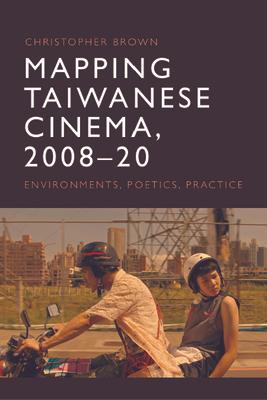What is the relationship between filmmaking and mapping? Accounting for the unique characteristics of Taiwan's cinema from 2008 to 2020, this book examines how filmmakers have depicted and imagined the island's diverse environments. Drawing on cinema, cartography, and cultural studies, Christopher Brown argues that by refocusing attention on how films are shaped through a process of construction, the tradition of film poetics enables us to think about Taiwanese cinema differently: as a form of mapping. Wide-ranging in scope and drawing on original interviews with contemporary filmmakers, the analysis appraises case studies including works of popular entertainment, genre cinema such as comedies and horror, films about indigenous communities, LGBTQ+ cinema, and arthouse work. By asking what it means to map an environment onscreen, the book offers new insights into a critically neglected, yet creatively dynamic, period in Taiwan's film history

Mapping Taiwanese Cinema, 2008-20: Environments, Poetics, Practice
What is the relationship between filmmaking and mapping? Accounting for the unique characteristics of Taiwan's cinema from 2008 to 2020, this book examines how filmmakers have depicted and imagined the island's diverse environments. Drawing on cinema, cartography, and cultural studies, Christopher Brown argues that by refocusing attention on how films are shaped through a process of construction, the tradition of film poetics enables us to think about Taiwanese cinema differently: as a form of mapping. Wide-ranging in scope and drawing on original interviews with contemporary filmmakers, the analysis appraises case studies including works of popular entertainment, genre cinema such as comedies and horror, films about indigenous communities, LGBTQ+ cinema, and arthouse work. By asking what it means to map an environment onscreen, the book offers new insights into a critically neglected, yet creatively dynamic, period in Taiwan's film history